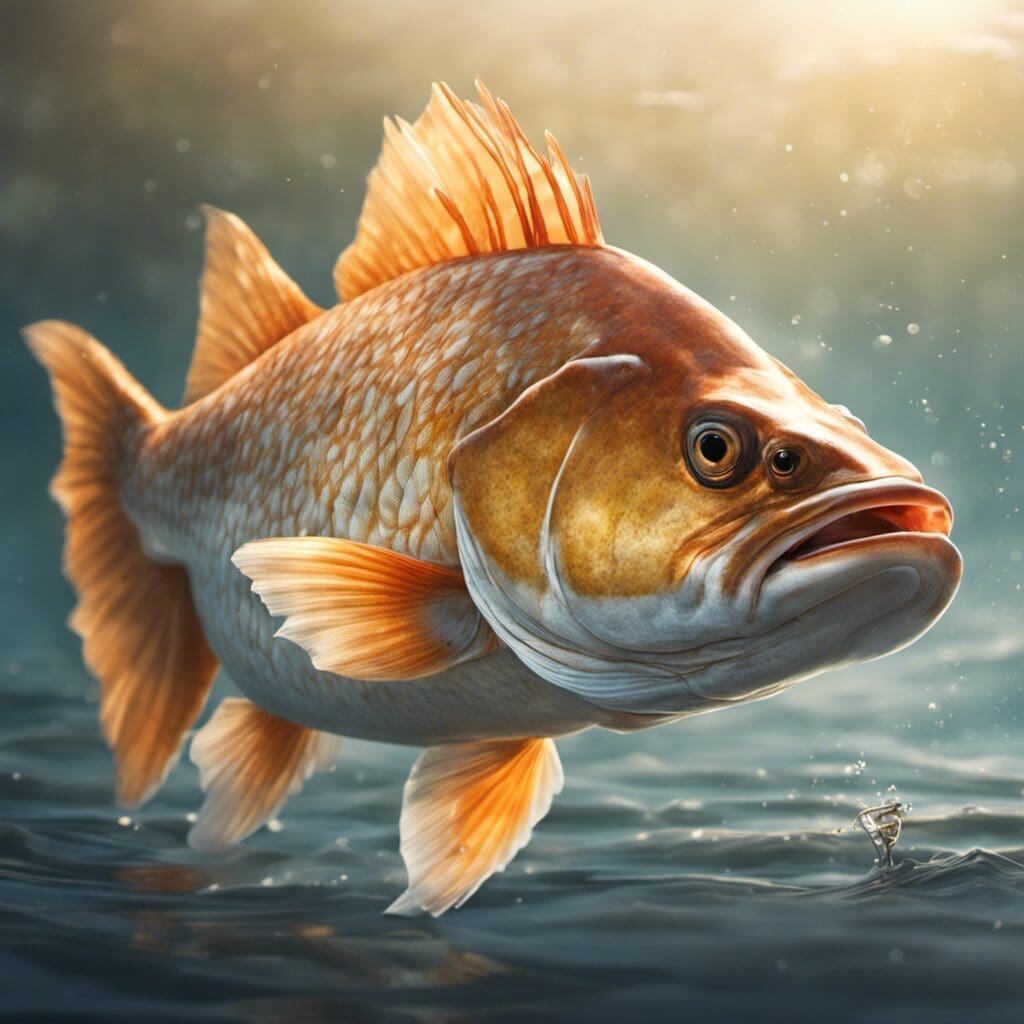Introduction
The Golden Redfish (Sebastes norvegicus) is a species in the Scorpaenidae family, known for their inspiring coloration and bountiful presence in the waters of the North Atlantic Ocean.
Conservation Status
According to the International Union for Conservation of Nature (IUCN), the Golden Redfish is currently categorized as “Least Concern”. This status reflects the fish’s relative abundance in nature, though certain regional populations may be subject to pressures from commercial fishing. Conservation efforts primarily revolve around the proper regulation of these fishing activities.
Statistics
| Measurement | Average | Range |
|---|---|---|
| Length | 40 cm | 20-70 cm |
| Weight | 1 kg | 0.5-3 kg |
| Average Lifespan | 50 years |
Distribution
The Golden Redfish boasts a wide distribution, ranging from the coasts of Greenland to the Barents Sea and down to the Bay of Biscay. Known to be somewhat nomadic, certain populations may regularly migrate between these regions based on feeding and breeding patterns.
Habitats
- Water Type: Marine
- Depth Range: 20-500 meters
- Temperature Range: 1-10 °C
When and Where to See
Golden Redfish tend to be more prevalent during autumn and early winter months, though can be observed year-round. Sightings may occur at any time of day, with higher chances during feeding times at dawn and dusk.
Best Fishing Locations
Frequency of Golden Redfish catches has been recorded within the following waters:
- Icelandic waters
- Norwegian Sea
- Greenland Sea
- Faroese waters
- Northeast Atlantic Ocean
General Tips
While there are no guaranteed locations for encountering Golden Redfish, mastering the water depths and temperature conditions they prefer will put you at a significant advantage.
How to Catch
Bottom fishing is the recommended technique for catching Golden Redfish. Depending on the depth of the waters, heavy-duty fishing gear may be required. Baits like worms and squid have been known to be quite effective. Fishing productivity is often highest during the feeding times at dawn and dusk.
Identification Guide
Golden Redfish are characterized by their reddish-brown to orange color, herculean build, and a lateral line that runs down the body. Its close resemblance to other species of Redfish may cause identification challenges, but it can be distinguished by the absence of the spines in its lower gill covers, which are present in the other species.
Culinary Universe
How to Cook
This fish yields sturdy white meat that can be cooked in various ways such as grilling, smoking, frying, baking and can also be used in soups and stews.
Taste Profile
The taste of Golden Redfish is described as mild, sweet-flavored with a slightly flakey texture.
Nutritional Information
Golden Redfish is rich in proteins and omega-3 fatty acids, which contribute to heart health and brain function. It is also a good source of vitamins D and B12.
Additional Information
The Golden Redfish possesses interesting behaviors, including feeding mostly on crustaceans and small fish, dividing into schools based on size and age, and engaging in complex mating rituals including dancing and pairing off.
While they have few natural predators, the most substantial threats come from the trawling and longline fishing industries.
Despite the many biological and ecological mysteries surrounding this species, its wide distribution and impressive longevity have earned the Golden Redfish a unique place within our cultural and culinary heritage.
References and Further Reading
You may find more information on the Golden Redfish from the following sources:
FishBase
IUCN Red List
Seafood Watch
These open-access sources provide updated information on the status, distribution, biology, and ecology of the Golden Redfish along with more detailed reports on conservation and management guidelines.

